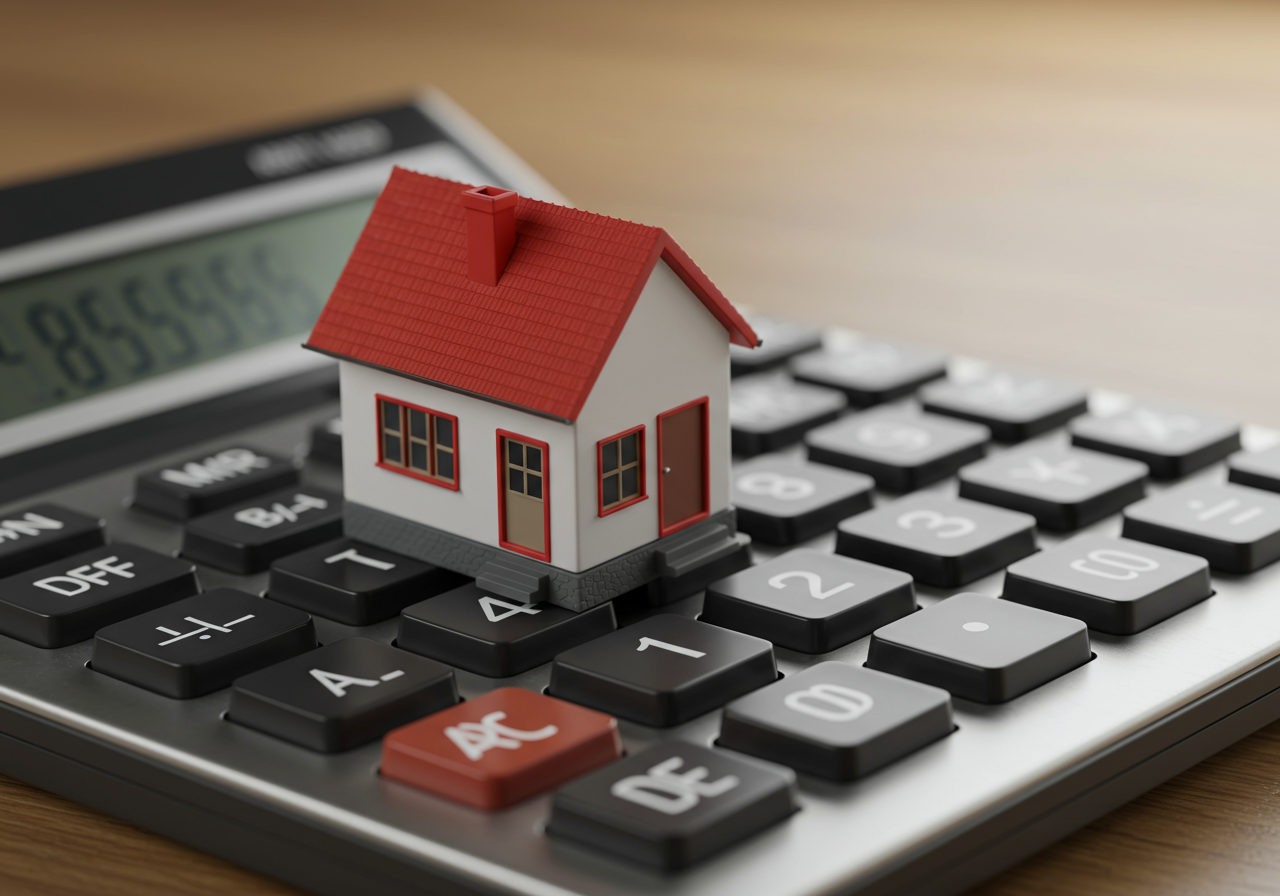There are two similar terms that you will come across if you are in the process of buying or selling a home: assessed value and appraised value. Each one attempts to represent the value of a house—and yet it’s unlikely the two numbers will agree. So what does each one mean? And how do they relate to the actual market value of a home?
The main difference between the appraised and assessed value of a home is the purpose each is used. The assessed value is used solely for local tax purposes, while the appraised value is used during the buying or refinancing of a home.
Let’s look at how each of these numbers is determined and how each may (or may not) be useful to you as a home buyer or seller.
Finding the Assessed Value of a Home
The assessed value, which is sometimes known as the tax value of a home, is usually available on most national real estate websites. You can often look up the assessed value of a specific address on your county or city government’s website. NETROnline provides access to online public records for most states.
Local governments rely on property taxes to pay for the services they offer (schools, roads, etc.). Each homeowner pays a certain percentage of their home’s value in tax. For instance, here in Mystic (Groton side) the mill rate for 2015/2016 is 20.95 for every $100 of assessed value. The higher your assessed value, the more taxes you pay; the rate (20.95) stays the same for everyone. A mill is equal to $1.00 of tax for each $1,000 of assessment. To calculate the property tax, multiply the assessment of the property by the mill rate and divide by 1,000. For example, a property with an assessed value of $50,000 located in a municipality with a mill rate of 20 mills would have a property tax bill of $1,000 per year. Connecticut mill rates can be viewed here.
Assessed Value is Used For Tax Purposes
The assessed value is simply the taxable value of your property. To cover all budgeted expenses for each year, your city or county may change your tax rate. This doesn’t mean your assessed value has changed – it might just mean that instead of 20.95% of your home’s value, you now pay 21.4%. Your home’s assessed value only changes during a revaluation. In Connecticut, revaluations are conducted every 5 years.
How Is Assessed Value Determined?
To determine the taxable value of a property, the local tax assessor will look at sales data for nearby houses to arrive at a general market value for the house. The assessor may also take into account income and expense data for income-generating properties, such as rentals. The tax assessor will likely inspect the exterior and interior of your home, although you generally have the right to refuse him access to your house or property (the law on this varies from state to state). Keep in mind that if he is unable to view certain parts of your property, he will have to guess on factors that may result in the assessment (and your tax bill!) being too high. Refusing to allow a tax assessor to enter your home may also jeopardize your ability to appeal the valuation if you feel it is unfair. You can read more about Connecticut's property tax laws here.
Assessed Value v. Market Value
Does the assessed value have anything to do with the actual market value of a home? It depends. Tax assessors factor in many things while making their evaluations, but the process varies depending on where you live. The tax assessor may make his valuation primarily by analyzing past sales of comparable properties, or he may request to see the inside of your home. If he does inspect the interior, he will note any upgrades or damage. If the tax assessor does not see the interior of your home, he may assume certain upgrades have been made, whether they have been or not. Although an assessor uses past sales data in the assessment process, if you live in an area where revaluations are done less frequently, that sales data could be several years old, making the assessed value irrelevant to what you could actually expect to sell your home for today. Buying a house for less than its assessed value doesn’t mean you’re getting a great deal – it just means the house was likely over-valued and the owners have probably been paying too much tax. Buying a house for more than its assessed value doesn’t mean you’re getting a bad deal – it just means the assessment is out-of-date or wasn’t very accurate in the first place (or both).
Appraised Value
So how is the appraised value different? Let’s start with what an appraised value is used for.
You’ve found your dream home, you’ve put in an offer, and the seller has accepted it. Great! Now you need to pay for it. You will go to a mortgage lender and ask them to give you a loan for the sale price of the home, minus any down payment. Before a lender will give you the loan, they want to ensure the home is actually worth what you want to pay for it. The mortgage lender will hire a third-party appraiser to give an estimate of the fair market value of the home. This costs several hundred dollars and is usually paid for by the buyer during closing. If the house appraises for less than the agreed-upon sale price, the lender may be unwilling to give you the loan.
The Appraisal Process
The appraisal process is typically more involved and detail-oriented than a tax assessment. An appraiser will walk through the inside of your home, inspect the exterior, take photos, and compile a thorough report including data on comparable properties that have sold recently (ideally within the last six months). The report will include details about the building materials and structure, improvements, and features of the lot. A good appraiser will be familiar with the local market and community, and so should ideally take into account factors like school district, proximity to public transit, parks, local market trends, and so on. Based on their observations and their analysis of comparable properties, the appraiser will give a determination of value. Your lender is required to provide this to you prior to closing so that you have time to review it and decide on a course of action if it comes back too low.
Appraised Value vs. Market Value
Ideally, an appraisal should come in pretty close to the price the seller and buyer have agreed on. This will not always be the case, of course; an appraisal cannot take into account other factors that determine what a house will actually sell for – a highly motivated seller or buyer, a buyer who places value on some aspect of the home that nobody else does, or even a seller’s preference for one buyer over another based on some factor other than price. There are many intangible factors that go into determining the price for which a property ultimately sells. An appraisal attempts to account for as many of these as possible, but still may end up being higher or lower than what the buyer is willing to pay.
Both the appraised and assessed values of a home are simply estimates of the price the homeowners would get if they sold the home. At the end of the day, the only way to determine the actual market value of a home is to put it on the market and see what it sells for. (But don’t just throw it out there and wait – a good real estate agent will help you find the perfect list price!)





